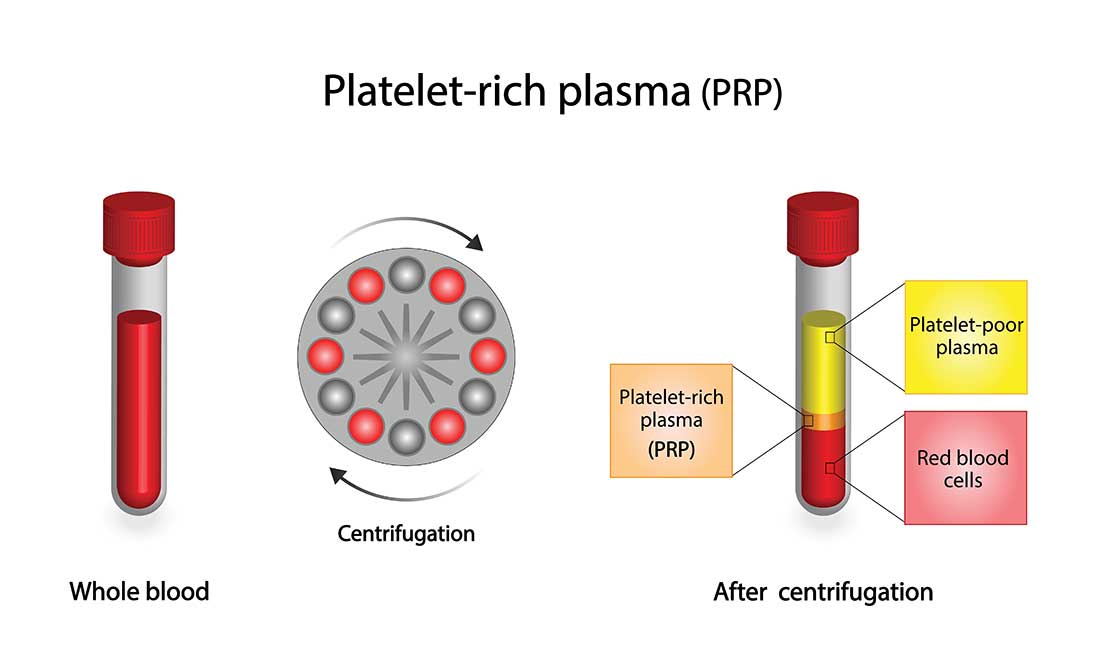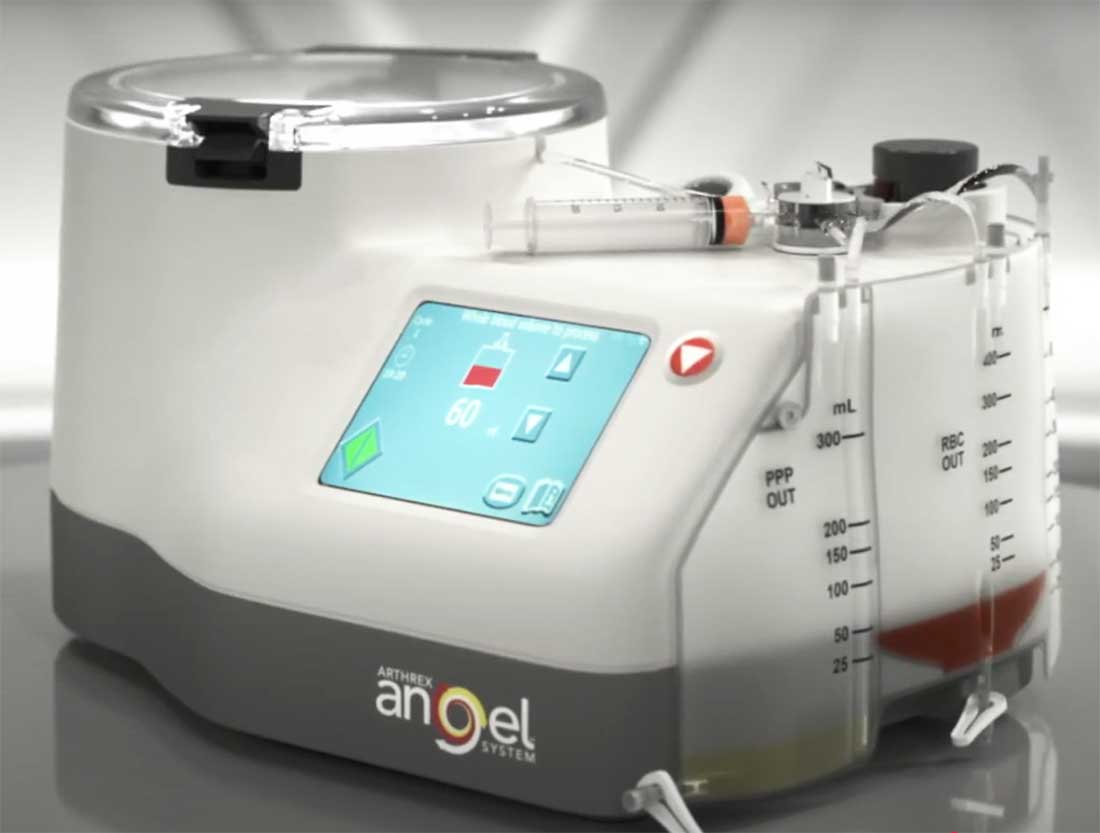Platelet-Rich Plasma (PRP) Therapy
Platelet-rich plasma (PRP) is a treatment that uses your body’s own healing cells to promote tissue repair, reduce inflammation, and enhance regeneration. By concentrating the platelets found in your blood and applying them directly to areas of concern, PRP delivers growth factors and signaling proteins exactly where they’re needed.
At Veritas Fertility & Surgery, we use PRP in several targeted ways to support fertility, improve uterine and ovarian health, and optimize surgical outcomes.

What is PRP? How is it made?

Platelets are tiny cell fragments in the blood best known for helping with clotting. But they also release growth factors—natural proteins that stimulate healing and regeneration.
To create PRP:
- A small amount of your blood is drawn.
- The sample is placed in a centrifuge, which spins it at high speed.
- This separates the blood into layers, allowing us to collect the platelet-rich portion.
- The concentrated platelets are then injected or applied directly to the target tissue.
Because PRP is made from your own blood, it is biocompatible and safe, with no risk of rejection or allergic reaction.
Applications of PRP at Veritas Fertility & Surgery
We use PRP in several specialized ways to address fertility-related conditions and improve reproductive outcomes:
1. Endometrial PRP for Thin Lining
A thin uterine lining can make implantation more difficult. PRP is infused directly into the uterine cavity in the comfort of our office to stimulate growth of the endometrial tissue, improve blood flow, and enhance receptivity for embryo implantation.
2. Endometrial PRP for Chronic Endometritis
Chronic endometritis—low-grade inflammation of the uterine lining—can interfere with implantation and pregnancy. We often treat with antibiotics, but in certain cases, PRP is added alongside antibiotics to promote healing, reduce inflammation, and restore a healthy endometrial environment. This can lead to faster resolution of chronic endometritis, improved fertility and a reduced risk of miscarriage.
3. Ovarian PRP for Ovarian Rejuvenation
During laparoscopic surgery, PRP can be injected into the ovaries to stimulate the ovarian tissue and potentially improve hormonal function or egg development—especially in women with diminished ovarian reserve or primary ovarian insufficiency. This treatment can help improve anti-mullerian hormone (AMH) levels, reduce elevated follicle stimulating hormone (FSH) levels, and optimize ovarian health in a way that results in more healthy and normal ovulation.
4. Peritoneal PRP for Adhesion Prevention
After laparoscopic surgery for endometriosis excision or removal of pelvic adhesions, PRP can be applied to the peritoneal surfaces (the inner lining of the pelvis). This helps to reduce inflammation, accelerate healing, and minimize the formation of new adhesions—critical steps to healing well and optimizing fertility.
5. Myometrial PRP After Uterine Isthmocele Repair
In certain isthmocele repair cases, PRP is injected into the myometrium (muscle layer) at the repair site to support healing, strengthen the uterine wall, and improve tissue integration.
Benefits of PRP Therapy
- Uses your body’s own natural healing components
- Minimally invasive
- Can be performed in the office or during surgery, depending on the application
- Low risk of complications
- Targets fertility-specific conditions and surgical recovery

Next Steps
If you’re facing challenges with uterine lining thickness, recurrent miscarriages, ovarian function, or pelvic adhesions, PRP therapy may offer a safe, natural way to enhance healing and improve fertility outcomes.
Contact us today to schedule a consultation and learn whether PRP could be part of your personalized treatment plan.

